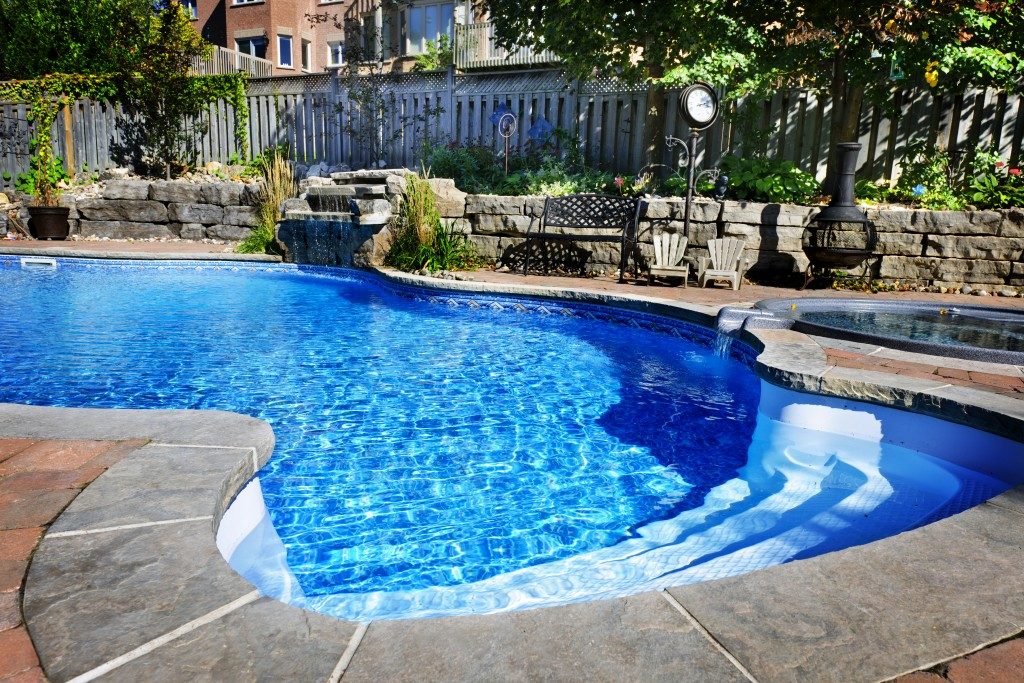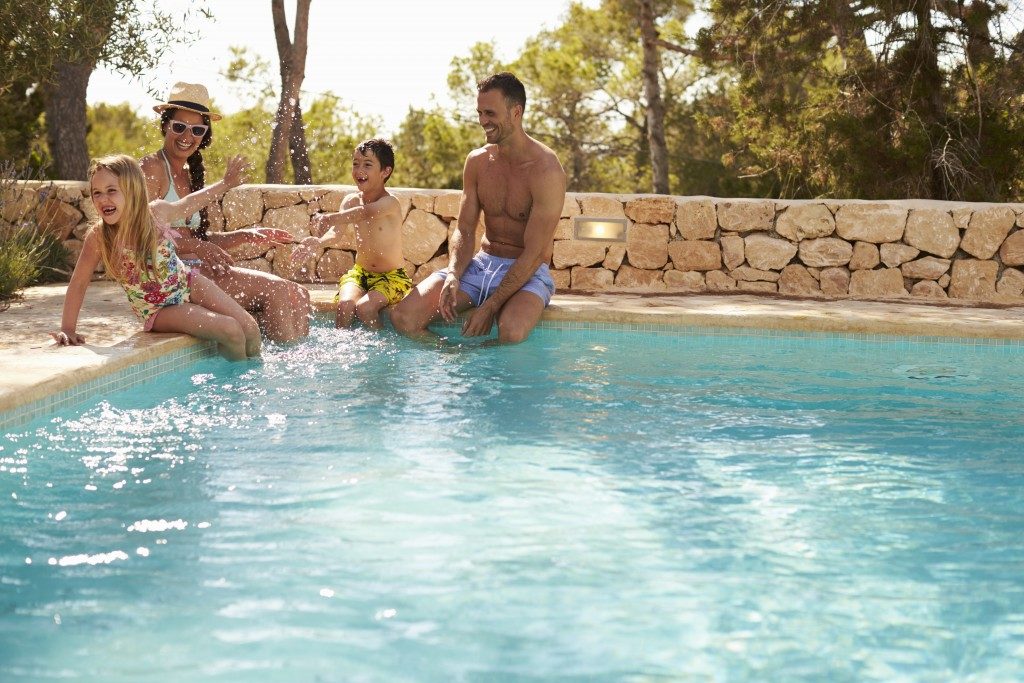Relaxing in a swimming pool is the best way to cool down and have fun with your family at the same time. There’s no need to leave the house for some memorable water fun. While it may seem like only the very affluent can afford a swimming pool, there are actually solutions to have swimming pools as a DIY project.
Constructing a pool sounds like a daunting task and it does involve some digging, as well as swimming pool waterproofing and maintenance. There are some relevant tips to check out, from the preparation to the installation.
Decisions on the Design
Choosing the swimming pool design is one of the most exciting decisions to make. There are several in-ground pool designs, but you need to check on many factors. Consider your family. Are there small kids who will use the pool? If so, then safety is the priority. This will entail decisions on the depth, materials, and fixtures around the pool, such as fences.
If the children are already at the right age for middle school, then you can consider having a deeper pool and spend less on safety. Do your kids want to play in the pool or are they serious swimmers who want to train? That is also a big consideration.
Of course, the design will also have to depend on the budget. Experts suggest a box-shaped pool. It may look boring, but it is functional. It is also the easiest to construct since there won’t be any curvatures.
Consider the Materials

There are three types of inground pools: concrete, vinyl-lined, and fiberglass. Concrete pools are those that can truly be custom-built because they can be formed to almost any size or shape. Also called Gunite or Shotcrete, the procedure has concrete shot from a gun onto steel-reinforced walls, and this procedure is how they build pools on the hillsides.
As it can easily be inferred, concrete pools are the most expensive pools. It is the most durable, as some concrete pools have lasted fifty years. It also takes the most time to install, anywhere from 3 to 12 weeks.
Vinyl-lined pools consist of a preformed flexible liner that is attached to a reinforced wall that can be aluminum or non-corrosive polymer based. Most vinyl pools are rectangular, and they can also have different colors. It should be mentioned that pool toys or pet claws and sharp objects can puncture or damage the liner if it is not thick enough. This can be repaired, but it is also a hassle.
Fiberglass pools have a gel-like coat finish that’s very smooth, durable, and stain resistant. Another advantage is that fiberglass pools are nonporous, which allows them to use fewer chemicals. They are also less prone to algae formation. Among the three, fiberglass is the cheapest material.
The only downside of fiberglass is that they are transported from an existing mold and once the mold is made, you cannot change or adjust it anymore. Still, it is low maintenance and faster to install.
If the priority is to keep the cost down, fiberglass appears to be the best option. However, there are long term costs and concerns, such as durability that can also play a factor over time. Since we are on the subject of having a limited budget on the onset, a minimalist fiberglass pool is a way to go.

